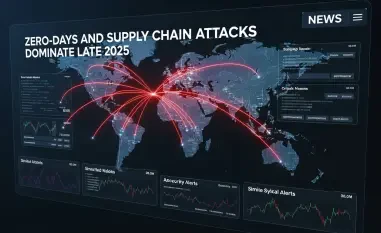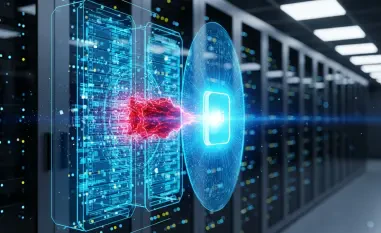Business Perspectives
The federal government shutdown that commenced on October 1, 2025, has unleashed a wave of disruption across critical sectors, with the nation’s cybersecurity defenses taking an especially severe hit, particularly at the Cybersecurity and Infrastructure Security Agency (CISA). As the primary c

Introduction In the rapidly evolving digital landscape, infostealers have emerged as a formidable threat, serving as a primary driver behind the surge in ransomware attacks and other cybercrimes, posing an immediate risk to organizations worldwide. These malicious tools, engineered to harvest

Welcome to an insightful conversation with Malik Haidar, a renowned cybersecurity expert with a deep background in protecting multinational corporations from sophisticated threats. With a unique blend of analytics, intelligence, and security expertise, Malik has dedicated his career to fortifying

In today's fast-paced digital landscape, businesses are increasingly turning to autonomous systems to streamline operations, with agentic AI emerging as a game-changer in organizational efficiency, promising to revolutionize workflows across various industries. However, a staggering reality

In the fast-paced and ever-shifting landscape of cybersecurity, the Chief Information Security Officer (CISO) emerges as a pivotal figure tasked with protecting organizations from an onslaught of digital threats, and with recent data indicating that 43% of UK businesses encountered a cybersecurity

In an era where digital infrastructure underpins global operations, a staggering statistic reveals the vulnerability at the heart of technology providers: over 60% of critical infrastructure organizations have faced targeted cyberattacks in recent years, highlighting the urgent need for robust














